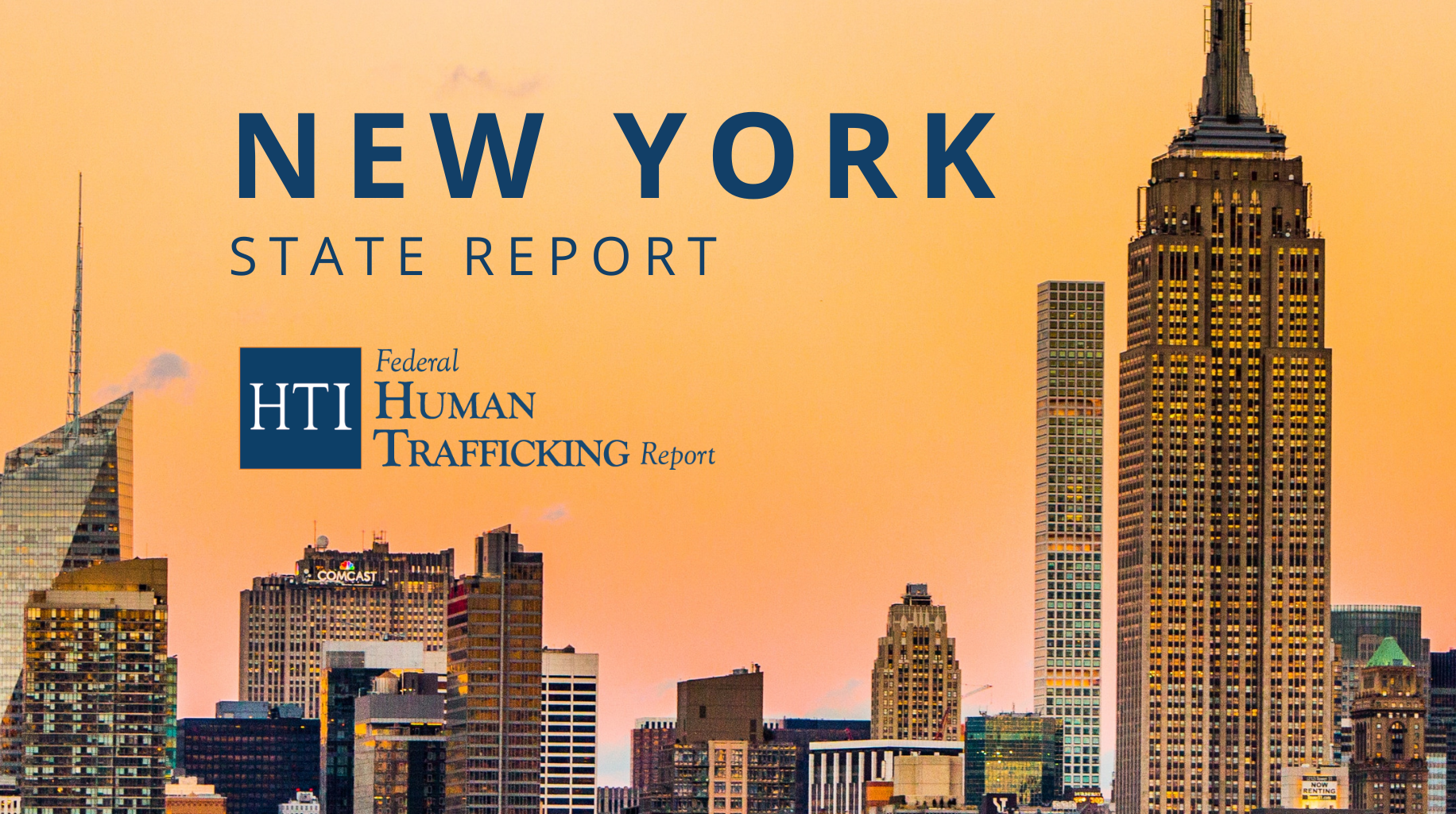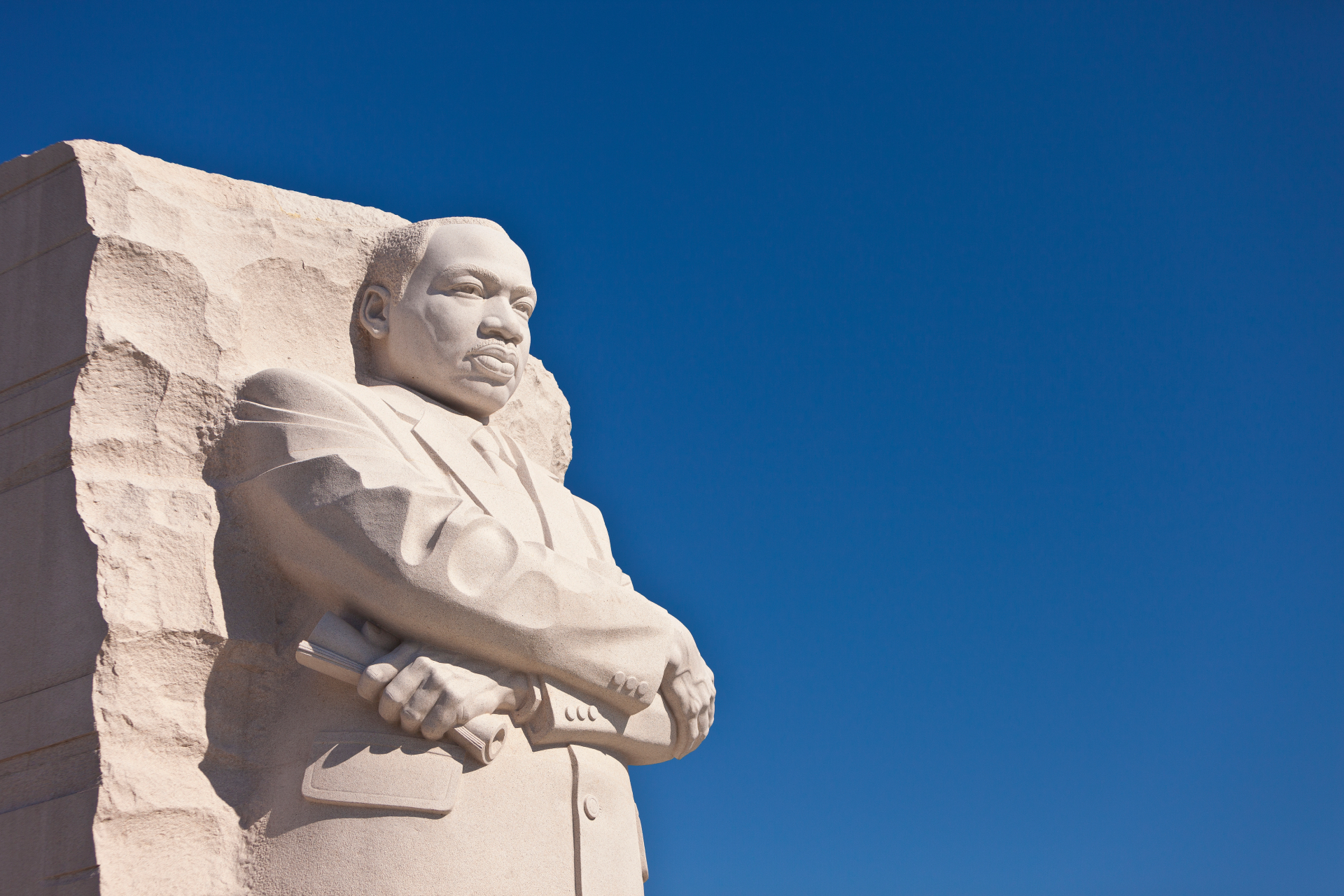Understanding the Human Trafficking Crisis
Human trafficking continues to plague communities across the United States, transcending state lines and affecting both urban and rural areas. Despite increased awareness, this modern-day slavery often remains hidden in plain sight. Victims can be men, women, and children, exploited for labor or sex through force, fraud, or coercion. The complexity of these crimes requires coordinated efforts at both state and federal levels to bring justice to victims and dismantle trafficking networks.

The Scope of Human Trafficking Cases in New York
Over the past decade, the number of human trafficking cases in New York has seen a steady rise, with reports emerging from all five boroughs. Due to its position as a major transportation and immigration hub, traffickers exploit New YorkÕs vast population and economic diversity. Many cases involve sex trafficking rings operating in illicit massage parlors, online escort services, or private residences. Victims are often immigrants or runaways, lured with false promises of jobs or stability.
Local law enforcement agencies, in collaboration with non-profits and federal task forces, have made considerable strides in identifying victims and prosecuting offenders. However, challenges persist. Language barriers, fear of deportation, and distrust of authorities make it difficult for victims to seek help. Advocates emphasize the importance of trauma-informed care and stronger survivor protection programs to reduce these barriers.
Challenges Faced by Victims and Investigators
Whether in New York or Washington, common themes emergeÑvictims often experience psychological trauma, physical abuse, and social isolation. Law enforcement officials face difficulties in securing convictions due to victimsÕ fear of retaliation or legal consequences. The lack of reliable data also hampers efforts to assess the full scale of the issue.
Technology, while a tool for awareness, has also enabled traffickers to move their operations online. Social media platforms and hidden forums serve as channels for recruiting and exploiting victims, making detection more difficult. Combatting this requires advanced digital forensics, collaboration with tech companies, and increased investment in cybercrime units.
Investigating Human Trafficking in Washington State
Similarly, human trafficking in Washington State remains a critical concern. The stateÕs proximity to the Canadian border and its ports along the Pacific Coast make it a prime location for trafficking operations. Areas like Seattle and Tacoma have reported significant incidents, often linked to organized criminal enterprises. Much like New York, labor trafficking is also prevalent, with victims being forced to work in agriculture, domestic servitude, and construction under exploitative conditions.
In recent years, Washington State has enhanced its anti-trafficking legislation and launched statewide campaigns to raise public awareness. Initiatives such as the Washington Trafficking Help Line and increased training for hotel, transportation, and healthcare staff aim to improve identification and reporting of suspicious activities. Still, there is an urgent need for sustainable funding and long-term support systems for survivors.
Empowering Communities and Supporting Survivors
Ending human trafficking demands a collective approachÑcommunity engagement, survivor-led advocacy, and policy reform are all essential. Public education can reduce stigma, while training frontline workers can help identify victims early. More importantly, survivors need comprehensive support, including legal assistance, mental health care, and opportunities for education and employment.
By strengthening local and national partnerships, society can create a more effective and compassionate response to trafficking. It is through awareness, vigilance, and empathy that meaningful change can be achieved.
For more info:- facebook



